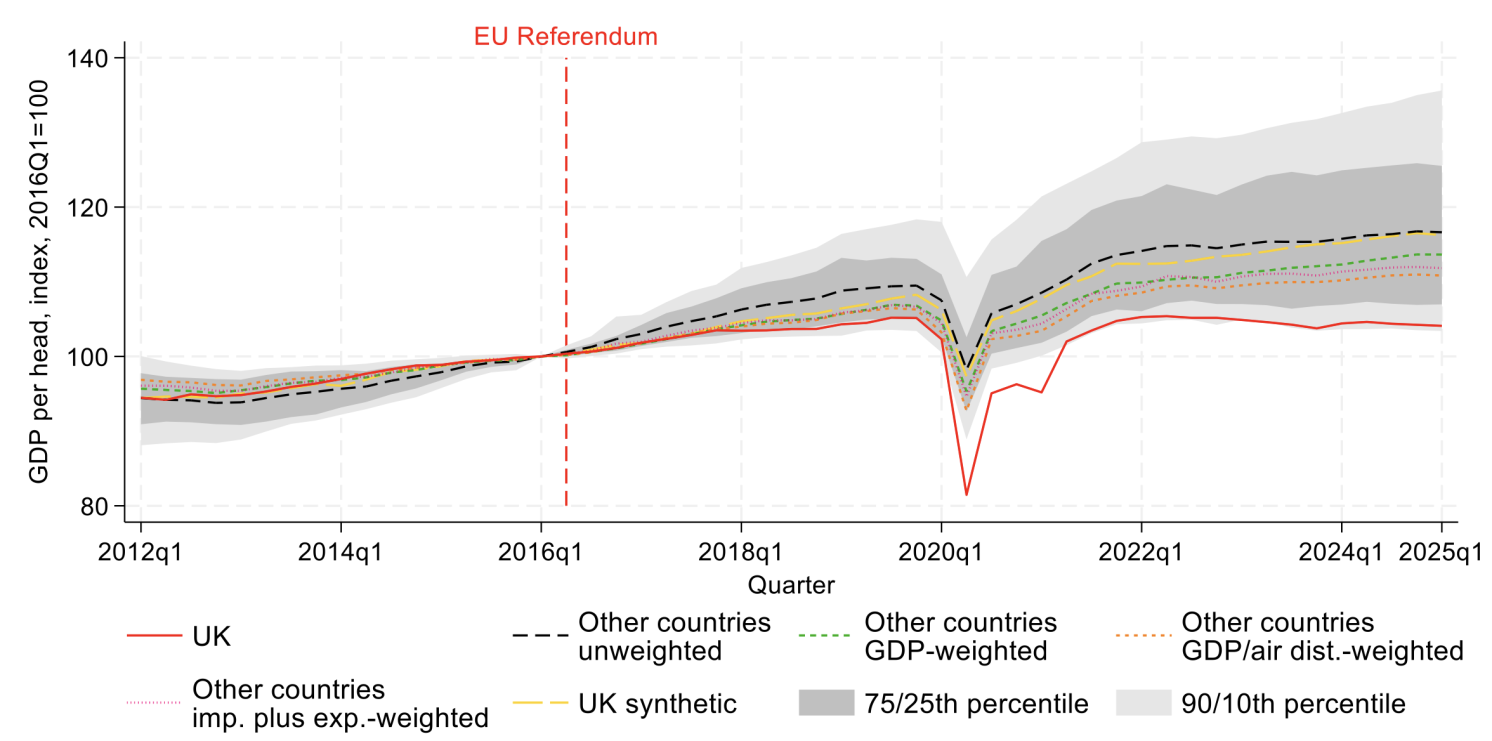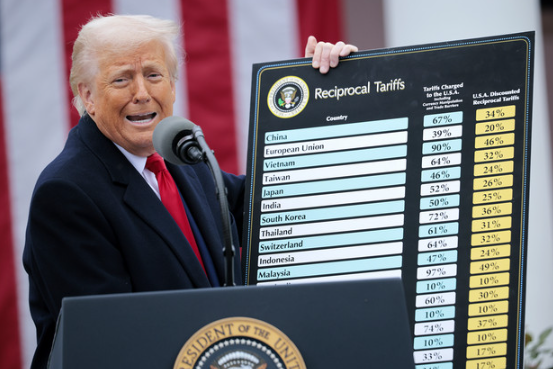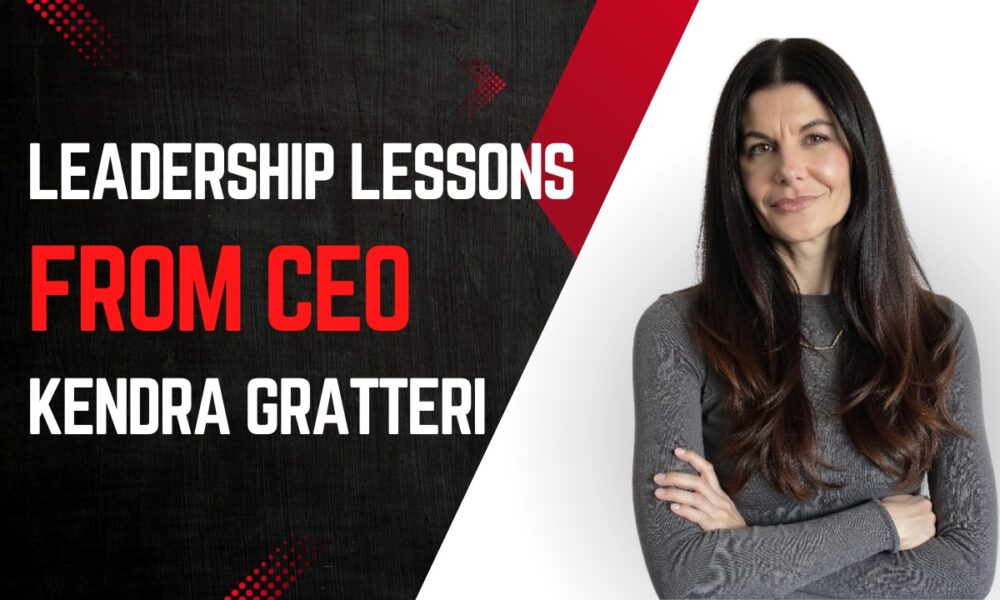Digital Vaults bring multi-generational engagement (and value) to the table, ultimately serving as a digital moat for institutions and family offices, paving the way for the modern high-touch advisory relationship.
This article was originally published on FutureVault.com
As the role of the modern institution, advisory firm, family office manager, and wealth professional evolves, so does the role of technology and how it is embedded into internal and external processes, including client engagement, and dealing with the next generation.
For high-touch advisory relationships and private wealth clients, in particular, where significant amounts of data, information, and documents being managed at every interaction, Digital Vault technology is emerging as a clear winner to break away from the competition.
Digital Vaults offer tremendous back office and compliance benefits—table stakes check boxed items when dealing with data, documents and information across multiple entities, geographies, and generations.
Digital Vaults also bring massive efficiency to the table by delivering robust document handling tools along with deep integration capabilities to automate the delivery of investment statements, performance reports, tax documentation, and more, centralizing everything in one spot for clients.
But most important of all, Digital Vaults offer a new paradigm and engagement model for institutions and high-touch advisory firms and their clients where the outcome leads to more engagement, more meaningful conversations, better outcomes, and more value across the board.
At the end of the day, it’s very telling where the industry is going. All roads point to the client experience and delivering unique value that creates a meaningful way to engage, connect, and build more trust with clients, and importantly the next generation.
With that in mind, it’s no surprise that Digital Vaults are becoming a winning strategy and a prized-possession for the modern high-touch institution and family office.
Client Life Management — A Digital Moat Strategy in 2024 and Beyond
According to the recent 2023 WealthStack Study along with findings from Franklin Templeton, investing in technology to bolster and deliver the most unique digital client experience and drive client engagement will pave the road to success for the modern advisory relationship.
As we further embrace what the market is telling us, it’s evident and clearer now than ever that firms and institutions taking this road and investing (financially, culturally, and strategically) in the client experience, will undoubtedly come out on top.
Digital Vaults will continue to play an incredibly significant role in bringing all areas of the client’s life (financial, business, personal) together and centralized in one spot for the firm and for the advisor. This is already happening and will continue by connecting and centralizing all critical information, data, and documents via integration and APIs into one secure location. Think of estate plans, financial plans, private investment statements, monthly statements, performance reports, and more.
As the modern institution and better yet, modern wealth professional altogether evolves and moves to play an increasingly engaged role in the lives of clients across all facets (business, financial, personal), how, where, when information is housed and managed becomes significantly even more important.
Client Life Management represents a new paradigm in how everyday information, client information, is managed, accessed, and delivered, to clients, to their family members, through their COIs, and to their network of Trusted Advisors, and vice versa. This paradigm shift is coming like a freight train and will undoubtedly transform modern advisory firms and modern family offices to the forefront of leading the charge.
Multi-Generational Conversations — Winning the Great Wealth Transfer
According to Cerulli Associates, wealth transferred through 2045 will total an estimated $84.4 trillion. More than $53 trillion of this amount is estimated to be transferred from households in the Baby Boomer generation, representing a whopping 63% of all wealth transfers.
Perhaps more significant, or alarming, is that more than 70% of heirs to this wealth are likely to fire or change financial advisors after inheriting their parents’ wealth. On the high end, we’ve seen this number be quoted as high as 88%.
This has massive implications for how institutions and firms approach all areas of their business, including technology, to engage with and attract the next generation of investors and clients. Add that most advisors are not prepared to engage with the next generation.
On the other hand, this impending challenge presents a real opportunity for leading institutions, firms, and advisors to demonstrate their value and cement trust across generations.
This is precisely where Client Life Management and Digital Vaults can play a role. One of the most effective (and efficient) ways firms and advisors can execute (and maintain) a multi-generational strategy is by implementing a Client Life Management Vault for family legacy information and documents.
A well-structured digital vault can serve as a central repository for all the important documents and information that clients and their families need to access in the event of a change in circumstances, such as the passing of a family member, liquidity events, or the retirement of an advisor.
Having everything centralized in one place is not only a huge time-saving benefit for clients and their next-gen, but it is also of massive value for institutions and high-touch advisory professionals.
We are really seeing how a secure digital document vault serves as the single source of truth for all data, information, and documents for the family while providing a secure and efficient way to engage and connect with other family members, centers of influence, and trusted advisors (lawyers, planners, accountants, etc.).
Delivering More Value — The Heart of Modern Client Relationships
Digital Vaults are quickly becoming the backbone, or rather the centerpiece of modern wealth and advisory relationships, as information, data, and document converge to a single source of truth, ultimately providing better insight, deeper engagement, and more value across all stakeholders.
The views and opinions expressed herein are the views and opinions of the author and do not necessarily reflect those of Nasdaq, Inc.





































